
October 12, 2025 | Articles
An Interview With Pakistan Country Manager Syeda Fakhar-un-Nisa
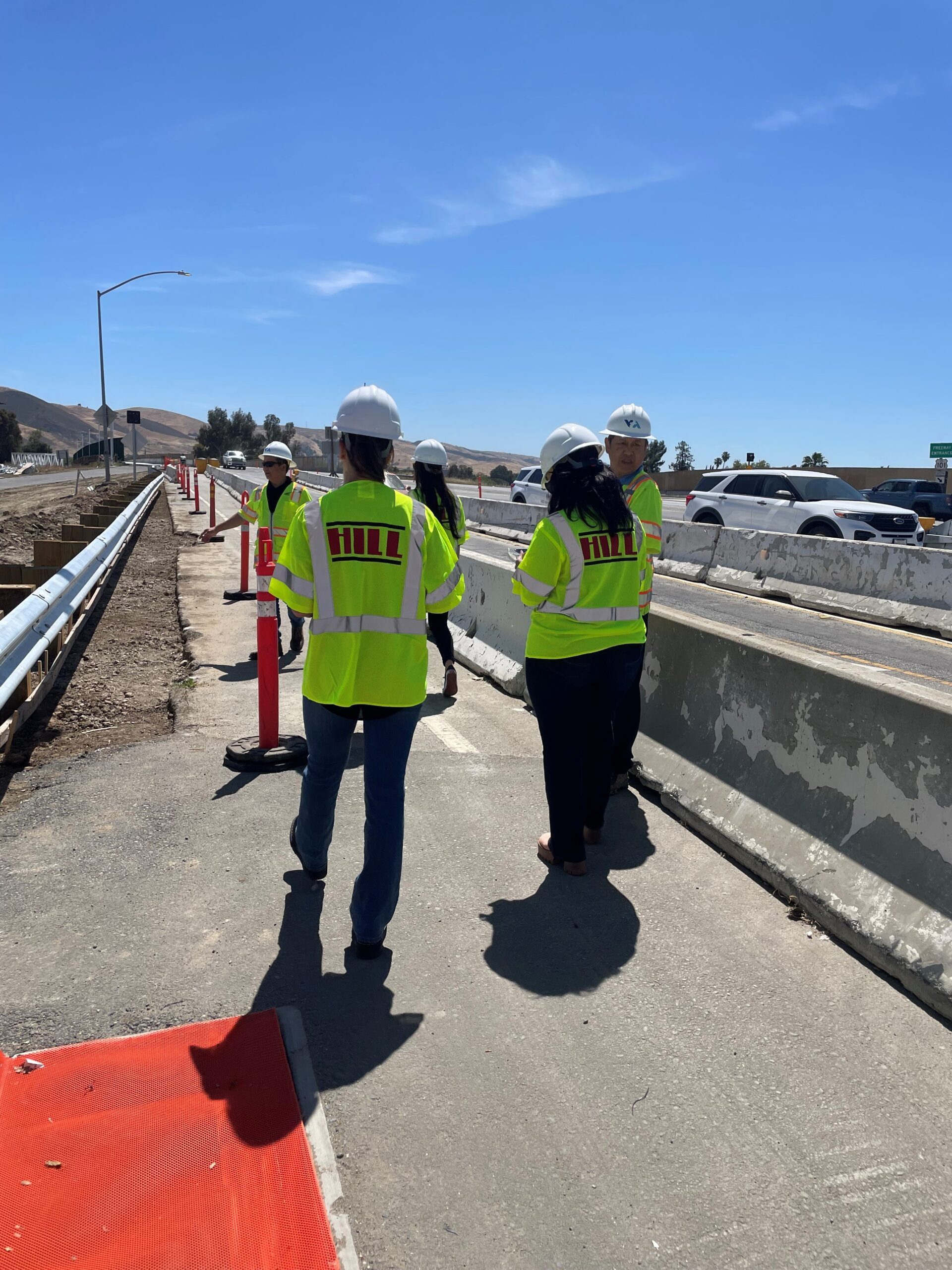
Located in southern San José, the U.S. 101/Blossom Hill Road Interchange is an important gateway to the city’s downtown and the greater San Francisco Bay Area for travelers from Central and Southern California. Formerly, Blossom Hill Road passed over U.S. 101 via two bridge structures. Each structure had only two lanes, and there were no shoulders or merging lanes. This arrangement led to congested lanes and frequent backups for travelers. In addition, the overcrossing did not provide a safe, grade-separated passage for pedestrians and cyclists over U.S. 101.
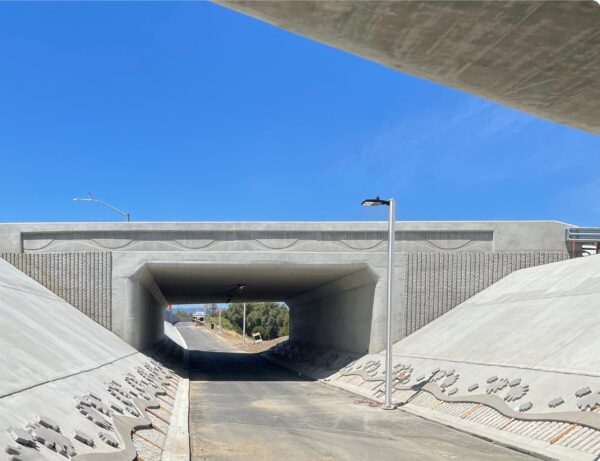
In partnership with the California Department of Transportation (Caltrans) and the City of San José, the Santa Clara Valley Transportation Authority (VTA) undertook a $47 million project to improve operations and enhance connectivity and safety for motorists, bicyclists, and pedestrians traveling through the U.S. 101/Blossom Hill Road Interchange. The project was part of VTA’s $6.5 billion Regional Transportation Plan and informed by complete streets design—an approach that prioritizes designing streets for all users. The scope included:
VTA’s project team comprised HMH Engineers, Biggs Cardosa Associates, Inc., DKS Associates, and Parikh Consultants (design); O.C. Jones & Sons (construction); and Mott MacDonald and Hill International (construction management consultancy). Through the team members’ individual expertise and effective partnership, VTA achieved schedule, budget, and quality success on the project.
Perhaps most importantly, the project team designed and executed an environmentally friendly project. By limiting impacts to neighboring ecosystems and formally documenting such measures in the project plans, the team was able to pursue and achieve an exemption from environmental clearances. According to HMH estimates, this saved the project nearly a year and $500,000.
The team also made use of a combined project study report-project report process, which accelerated the project by approximately one year. By advancing the design and other planning while the project study report-project report was under review, the team further accelerated the schedule.
The project team also prioritized public relations with residents in the neighborhoods adjacent to the interchange. That included regularly coordinating with the Coyote Creek Neighborhood Association to respond to any community concerns or questions. As some residents had concerns about privacy, the project team included a unique panel design feature on the elevated section of the pedestrian/bicycle path to block views of backyards and adjacent properties. New earthen berms deflect roadway noise from U.S. 101, further improving quality of life for the surrounding communities. Throughout the project, the team also showcased renderings and other models of the new interchange to develop community buy-in.

There were also challenges. “Multiple elements were complex or represented significant risk,” explains Hill International Vice President Raymundo Balallo, who served as resident engineer on the project. “For example, VTA opted to break up the pedestrian undercrossing into multiple segments to increase light and air. This was more expensive than doing a single tunnel but made the path much more pedestrian friendly.”
Balallo also mentions utility challenges. The team had to carefully coordinate with Comcast and Zayo to maintain an active communications line in the existing bridge sidewalk throughout construction. Then, the team had to schedule Comcast/Zayo inspections during sidewalk replacement. “This posed staging challenges and also represented a schedule risk,” adds Balallo. “However, through it all, our team used rigorous project controls to reduce risk. We also monitored adherence to Caltrans’ Project Oversight processes, helping ensure compliance with all state requirements and reducing the need for any rework.”
Through the team’s environmentally friendly and innovative design, strong public outreach, and creative problem solving, VTA delivered a project that relieved congestion and improved traffic operations and safety in the vicinity of interchange, improved bicycle and pedestrian connectivity and safety in the area, and buffered neighboring residences from highway noise. Because of its success, the project was recognized with multiple industry awards, including the California Transportation Foundation’s Interchange Project of the Year Award, the American Public Works Association’s 2023 Project of the Year Award (Transportation – Over $25 Million), and the American Society of Civil Engineers (San Francisco Chapter) Transportation Project of the Year Award.
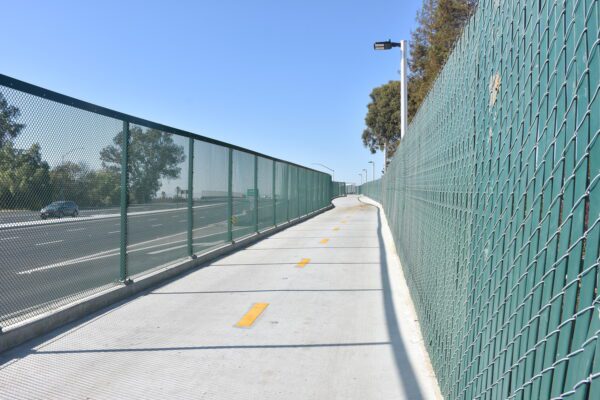
“The U.S. 101/Blossom Hill Road Interchange Improvements Project was a very important project for a lot of reasons,” concludes Balallo. “In addition to improving the intersection for pedestrians, cyclists, and drivers, this was the first highway project funded by the Measure B sales tax for construction in the City of San Jose. There was real pressure on the team to perform. So, I’m especially proud to have been a part of the great team that overcame challenges, implemented solutions, and made this project a success.”
To learn more about the U.S. 101/Blossom Hill Road Interchange Improvements Project or VTA’s Regional Transportation Plan, reach out to Hill International Vice President Raymundo Balallo at [email protected].
Share

October 12, 2025 | Articles
An Interview With Pakistan Country Manager Syeda Fakhar-un-Nisa
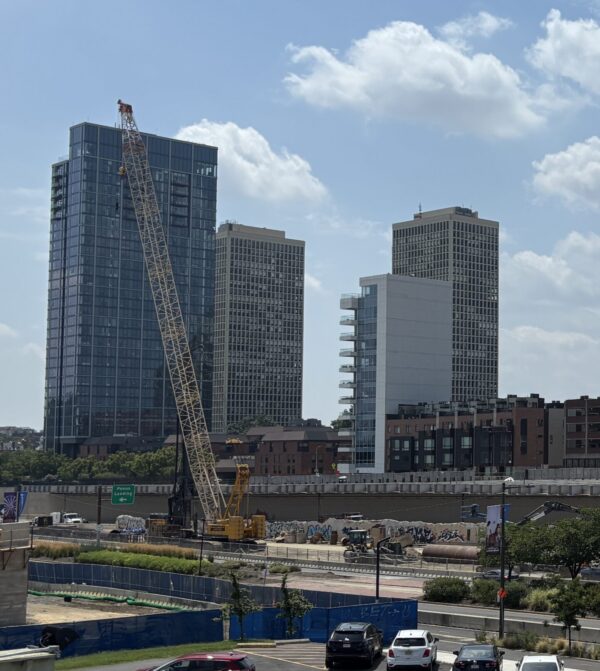
October 5, 2025 | Articles
More Than a Park: The Latest Updates on PennDOT’s I-95 CAP Project in Philadelphia

September 28, 2025 | Articles
New Business Development Director Julie Petrich’s Relationship-First Approach
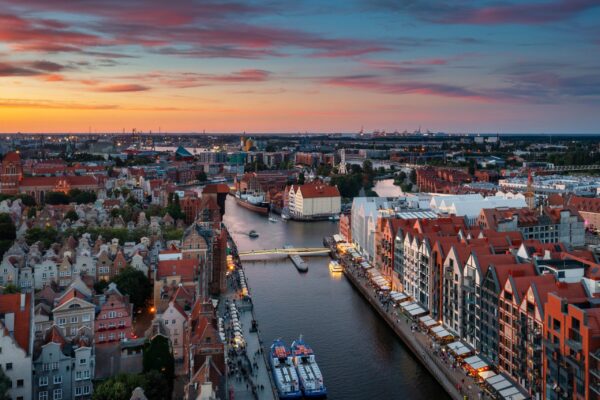
August 27, 2025 | Articles

August 12, 2025 | Articles
Hill Welcomes Ben Schwenk as Senior Vice President in the Kingdom of Saudi Arabia

July 27, 2025 | Articles
The Infrastructure Puzzle: Robert Regalado’s Wholistic Business Development Approach

July 13, 2025 | Articles
Tech-Forward Contracting: A Much-Needed Construction Solution

June 23, 2025 | Articles
Jeffrey Hurley Joins Hill’s Northern California Rail Practice